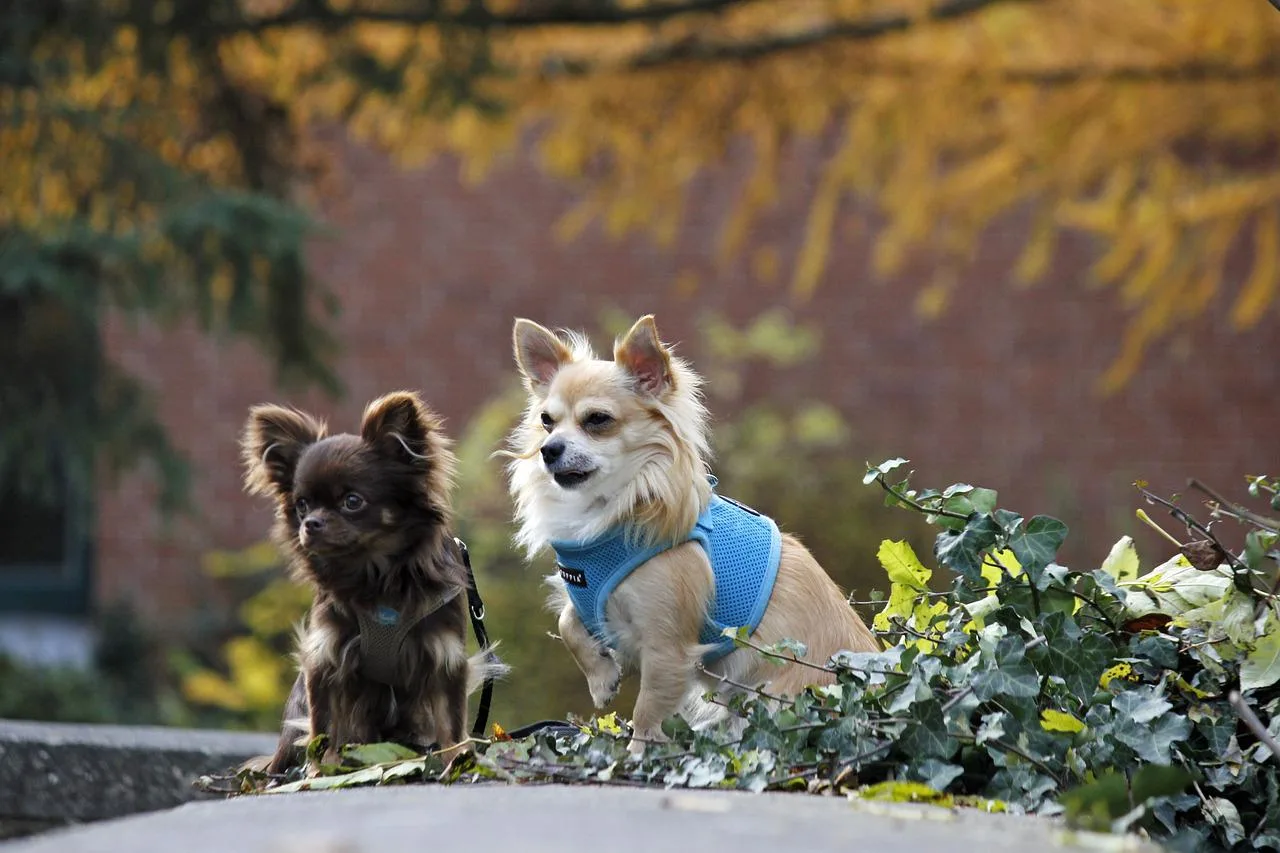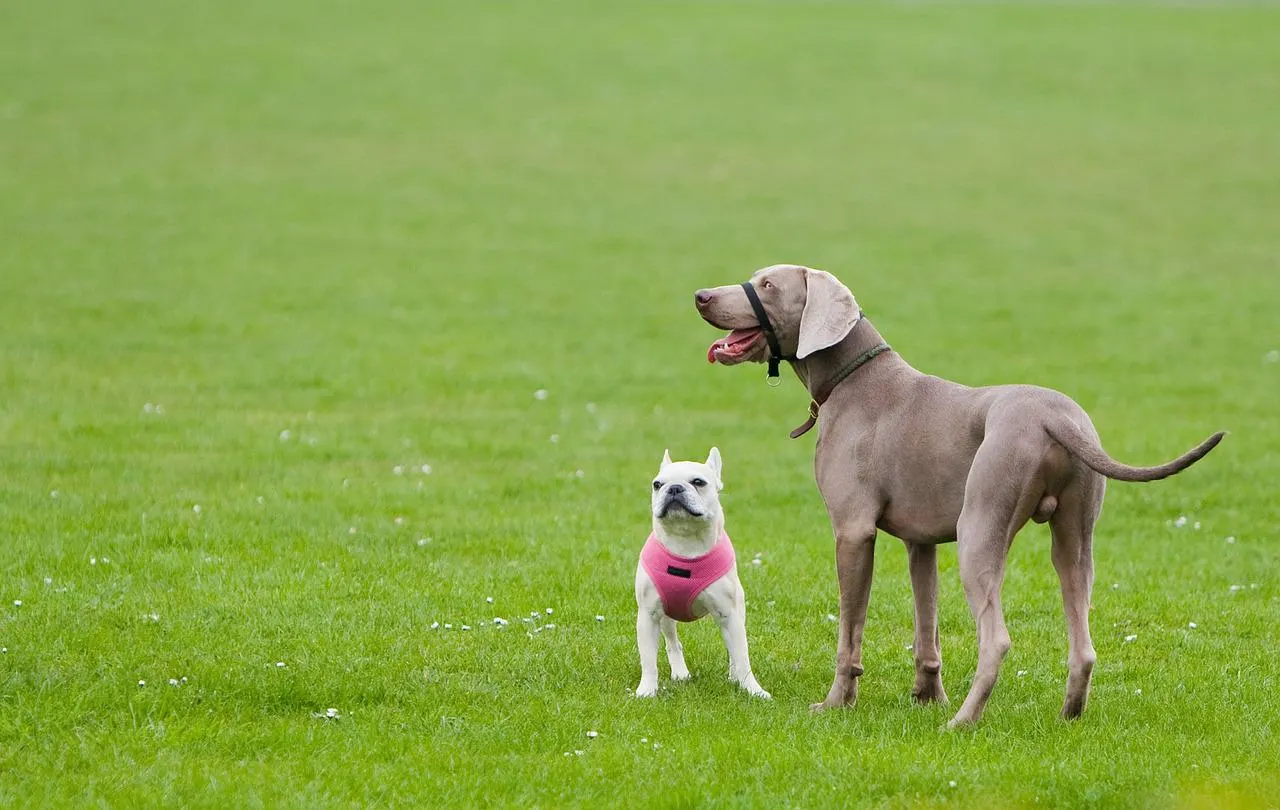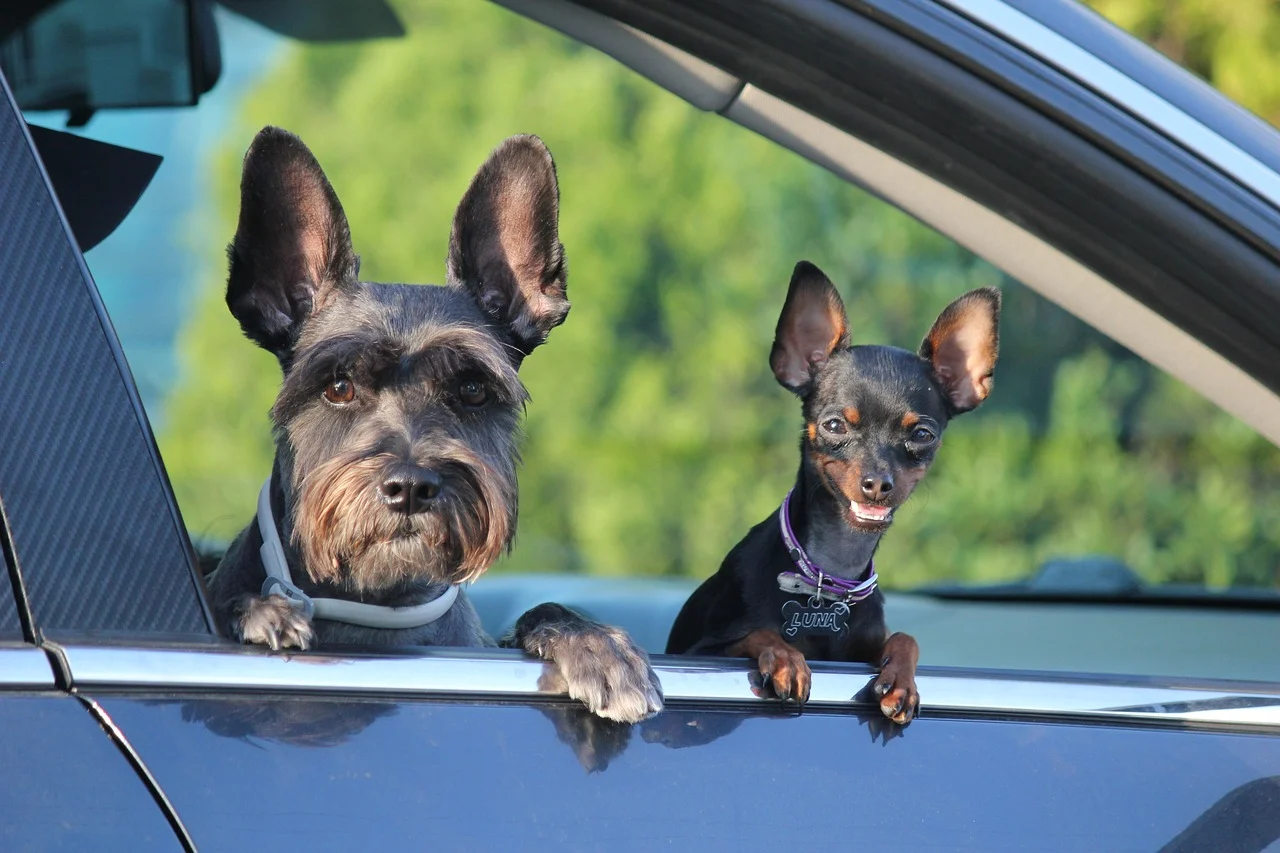If you’re planning on bringing another dog into your household, you’ll need to know the safest way of introducing the two pups.
Dogs are highly social pack animals, provided that they’ve been properly socialized as puppies. So, in theory, introducing two dogs shouldn’t be too problematic, provided it’s done correctly.
Here are our top tips for introducing your existing dog to your new one while maintaining canine harmony!

Photo: Pixabay
Find The Perfect Canine Companion
If your dog is not sociable and doesn’t get along with the dogs, he meets at the dog park or when out walking with you, introducing another pup to the mix is not a good idea. However, if you have a well-socialized dog that enjoys playing with other canines, go right ahead!
Think about your dog’s personality and try to match him with another pup with a similar temperament. So, if you have a chilled-out dog dude, don’t pair him with a livewire, as that could lead to tension and aggression.
Often, an adult dog from a rescue center or shelter is a better choice than a puppy. Puppies are very demanding, and your existing dog might become resentful of all the time you’re spending with the new arrival. Also, a puppy can be incredibly irritating to an older dog, potentially resulting in aggression.
The First Meeting
Once you’ve found your dog’s new furry friend, you can start introducing them.
First of all, ensure that both dogs are fully vaccinated, dewormed, and have up-to-date flea and tick prevention treatment.
It’s best to choose neutral territory for the introductions, as your existing dog might not take kindly to a stranger entering his patch.
Sometimes, rescues can facilitate first meetings between potential housemates. Alternatively, a large garden or quiet park that’s new to both dogs can work well. Keep both dogs leashed at their first meeting and recruit a friend to help you.
Walk the dogs so that they can get to know each other from a safe distance, and don’t allow any sniffing or touching at this stage. It can work well to retrace your steps so that both dogs can sniff each other’s scent. Watch the dogs closely for signs of aggression and move them further apart if necessary.

Photo: Pixabay
Face-To-Face Meeting
Once you’re confident that the dogs are comfortable around each other, they can meet face-to-face.
Again, keep both dogs on leads but keep the lead quite loose. Allow the dogs to meet calmly and watch their body language for signs of tension. Be ready to separate the dogs if either one becomes aggressive and praise them if they have a good interaction.
Take the dogs for another walk together. Don’t try to force the dogs to interact or walk close to each other. Just allow everything to happen naturally at the dogs’ own pace and watch both pups to make sure they’re still happy.
Off-Lead Play
Once you’ve taken a few successful walks and both dogs are happy to see each other and walk together, you can try some off-lead playtime. Once again, use a neutral space that’s not known to either dog as “theirs.”
At this stage, we don’t recommend giving the dogs toys, as that could result in conflict if one dog steals a favorite toy from the other. Instead, just let the dogs play together, giving them plenty of praise for good behavior. Some dogs can get rough during off-leash play, so be ready to call them back if you think things are getting out of hand.
Stay calm and in control of what’s happening. If things get too rough, distract the dogs by calling them back and offering lots of praise, then allow them to continue playing.
Be sure to use plenty of verbal praise and hands-on petting when the dogs behave well. But avoid giving treats, as that can lead to conflict and aggression if one dog feels that the other is receiving more tidbits than him!
Meeting At Home
Once a few successful play sessions and walks have happened without incident, and only when you’re confident that the dogs are getting on well can you try bringing your new dog home for a meeting.
Before the new dog arrives, remove all toys and feed bowls that might be a source of conflict between the two new friends.
As this meeting is going to take place in your dog’s home territory, you’ll need to put the dogs back on their leashes and proceed slowly again. Allow the dogs to interact but watch them closely. Keep the leashes quite loose so that the dogs don’t feel any tension you might be feeling and watch closely for signs of aggression.
Once you’re happy that both dogs are happy and relaxed, you can remove the leashes. Supervise the dogs closely at all times so that you’re on hand to prevent any potential “situations” from escalating.
Living Together
Before the dogs can safely move in together, a few home introductions might be necessary, so your dog gets used to sharing his space with another canine. When you’re happy that both dogs are well-behaved and are getting along, you can bring your new canine companion home to move in permanently.
Before bringing the new dog home, set up personal space for each so that they have somewhere to retreat to when they want some alone time. It’s best not to put the dogs’ beds close together, as that can cause conflict. So, set up a small den for your dog away from the newcomer’s space.
Always feed the dogs in separate rooms so that one won’t try to steal the other’s food. That ensures that food guarding issues and fighting won’t develop.
Keep to the regular routine that your dog always had. That will help your dog feel comfortable and secure when the newbie takes up residence and help his new furry friend settle in quickly.
Final Thoughts
Dogs are naturally sociable animals and are often happier when they have a canine companion with whom to share walks and playtime.
Choose a neutral territory for first introductions and keep both dogs leashed. If things go well, bring the new dog home to meet his furry friend, and once the two are bonding and happy in each other’s company, move the new dog in.

